| CODE UPDATE |
|
| Significant Code Changes to the 2012 International Fire Code |
| (The information below is excerpted from the Significant Changes to the 2012 International Codes series.) |
|
A stationary LP-gas installation on the roof of a building is not allowed. The International Fire Code (IFC) adopts NFPA 58, Liquefied Petroleum Gas Code, by reference, and many of its requirements are linked to specific provisions in Chapter 61.
Click to continue reading more on this update to the 2012 IFC. |
|
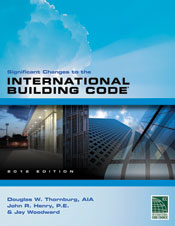  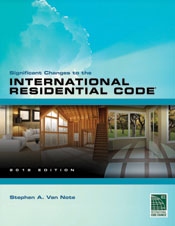  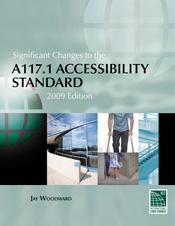 |
The Significant Changes to the 2012 International Codes series has been developed by the International Code Council and published by Cengage Learning to assist code officials, architects, engineers and other construction professionals transitioning from the 2009 to the 2012 editions of the International Codes. The series offers a comprehensive yet practical analysis of hundreds of the most critical changes from a very active code development cycle. Each color publication contains: revised code text; a summary of each change listed; in-depth change analysis; and a detailed photo, illustration or table for each change to deepen understanding. Coverage reflects provisions with special significance, including new and innovative design ideas and technologies, modern materials and methods of construction, and current approaches to safety and stability. Authored by ICC code experts, these useful tools are "must-have" guides to the many important changes in the 2012 International Codes. |
 |
| CODE Q&A |
|
| 2009 International Building Code — Nonstructural Provisions |
| (The information below is excerpted from the 2009 International Codes Q&A series.) |
|
A question about Section 1007.6 regarding areas of refuge in the 2009 International Building Code (IBC) is raised and answered:
Q: Q: When two accessible means of egress are required from a floor, can providing a single horizontal exit serve to establish both required accessible means of egress, with one "area of refuge" provided on each side of the horizontal exit?
Click to get an answer to this code question and continue reading more on this excerpt from the 2009 IBC Q&A Nonstructural Provisions. |
|
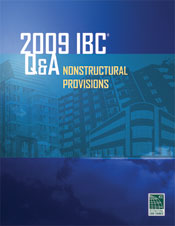 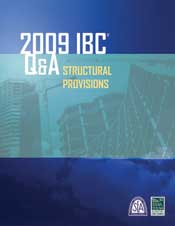 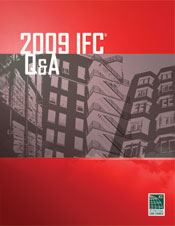 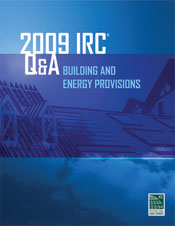 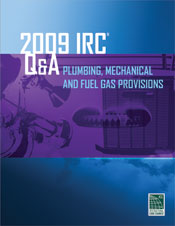 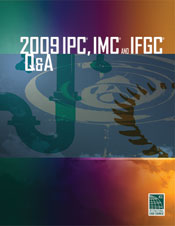 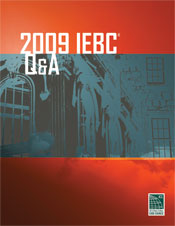 |
The 2009 Q&A series will assist engineers, architects, inspectors, fire and building officials, and plans examiners with finding answers to common code questions that arise during design, plan review, construction and daily code enforcement. Features: many new questions and answers; detailed photos, tables and illustrations that provide a clear understanding of both the intent and meaning of the code text; the relevant code section printed before the question and answer for easy reference; and discussion on a wide variety of topics. |

















